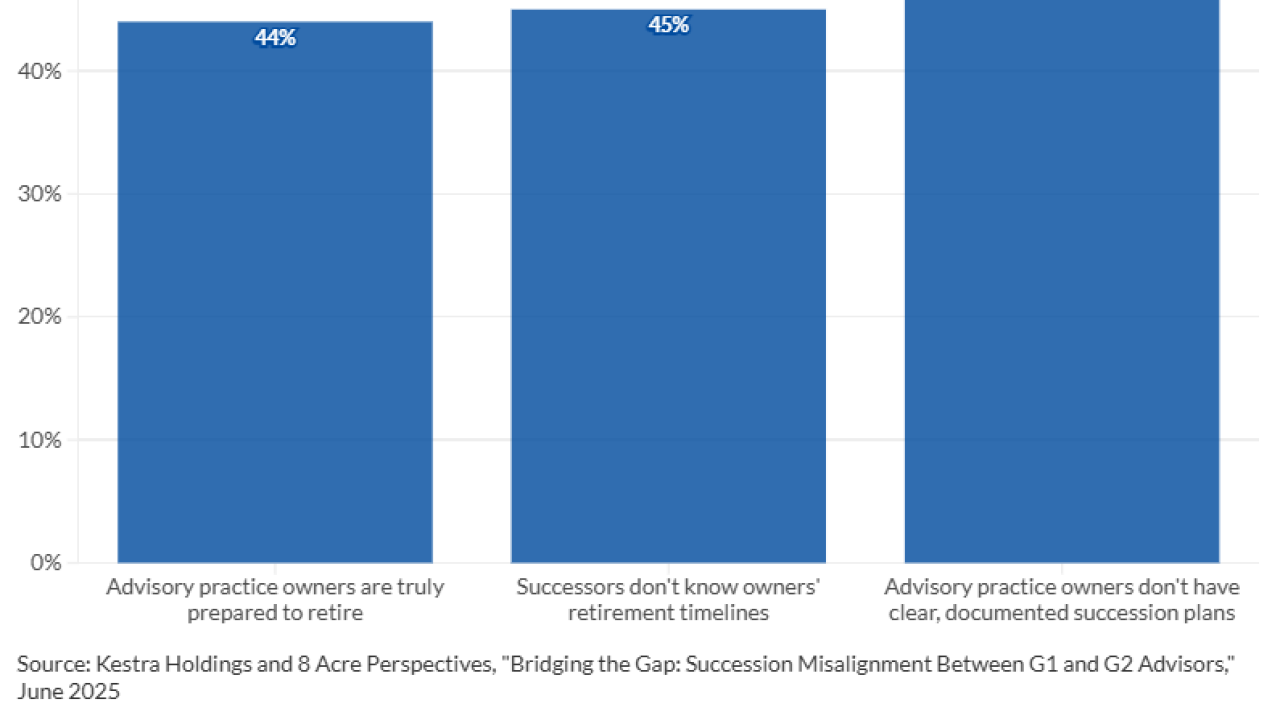Advisors know that many investors chase returns, which means they often buy high and sell low. A new report from Morningstar shows that the typical investor now is posting returns that are closer to the average returns of mutual funds than in the past. Perhaps the public is learning the value of rebalancing?
The Morningstar report is silent on the role advisors play in getting clients to reduce exposure to portfolio leaders and buy more of the laggards. Even so, the numbers imply that investors are not acting as much out of passion as they once did.
For the 10 years ended 2014, Morningstar says that the average investor had an annual return of 5.21% vs. the average funds return of 5.75%. The 54-basis-point gap is far better than the 250-basis-point gap for the 10-year period ended in 2013.
Morningstar calculates the average investors returns by looking at monthly fund flows and returns and weighting those by asset size. It then compares the results with average fund returns by category and asset class.
U.S. EQUITY
Investors in broad U.S. equity funds were 98 basis points shy of the average fund return in that category over the past decade. But the gap declined to only 34 basis points over the past five years. And over three years, the average investor in these funds actually beat the average fund by 58 basis points annually.
The steady rally last year certainly helped, says Russel Kinnel, Morningstars Director of Fund Research. He notes that there have been no real extremes since 2008/2009. The U.S. stock market dipped a bit during the Greek crisis, but was generally resilient. That certainly helped, adds Kinnel.
INTERNATIONAL EQUITY
But buyers of international equity funds fared poorly, posting a 119-basis-point deficit from average category fund returns in the decade. Kinnel says that many investors buy these funds based on bold macroeconomic calls that often are wrong. Whats more, he notes that the link between economic growth and market returns is tenuous.
MUNI BONDS
The worst investor returns were in the low risk/low return muni bond category where investors underperformed the fund average by 130 basis points in the 10-year period. And heres a case where investor passions came into play. Kinnel cites recent scares in the market that caused panic selling by investors: Meredith Whitneys prediction of a muni meltdown and the debt problems of Detroit and Puerto Rico. As is often the case, individuals sold just before strong rallies in the market.
BALANCED/ALLOCATION
In contrast, investors did well in the balanced/allocation group, which is dominated by target date funds. Most of these are held in 401(k) plans, causing buyers to dollar cost average with each paycheck. Although some people do sell their 401(k) holdings during a downturn, says Kinnel, generally people keep on investing.
Other takeaways: Cost and risk do matter. Funds in the quartile with the cheapest expense ratios not only delivered higher investor returns, but they did so with a smaller gap. And funds with high Morningstar risk ratings had lower returns and a wider gap.
Joseph Lisanti, a Financial Planning contributing writer in New York, is a former editor-in-chief of Standard & Poors weekly investment advisory newsletter, The Outlook.
Read more:





